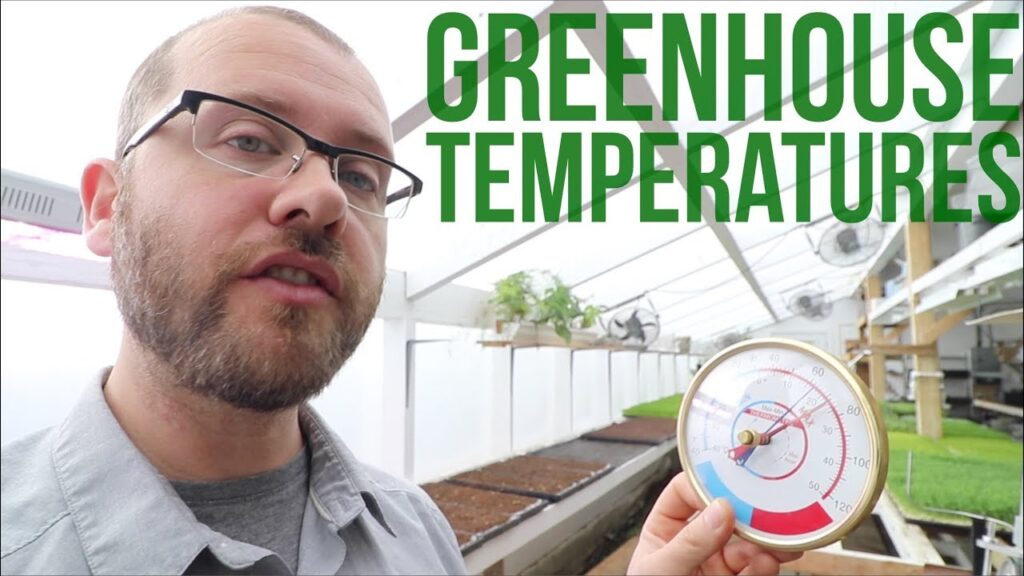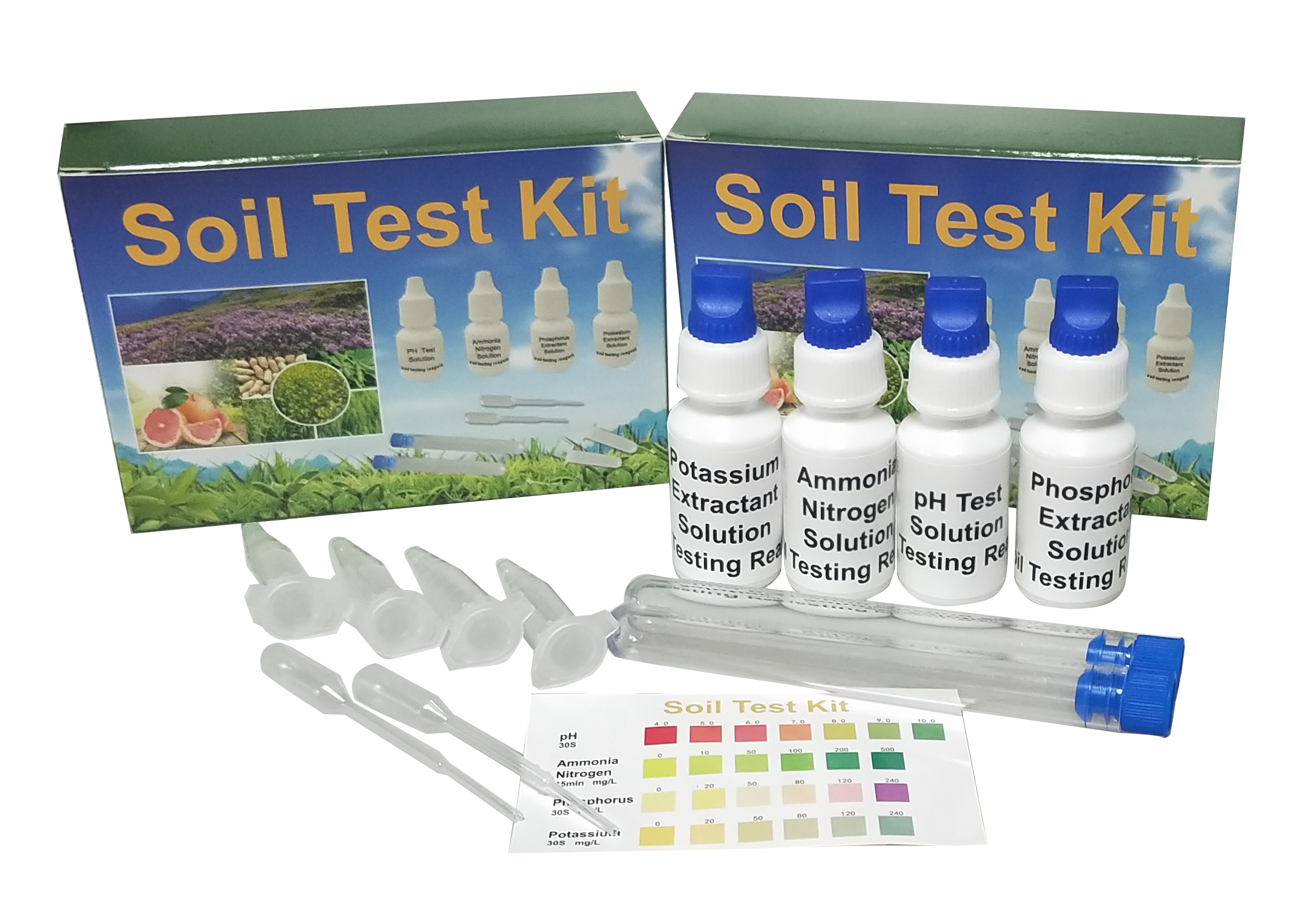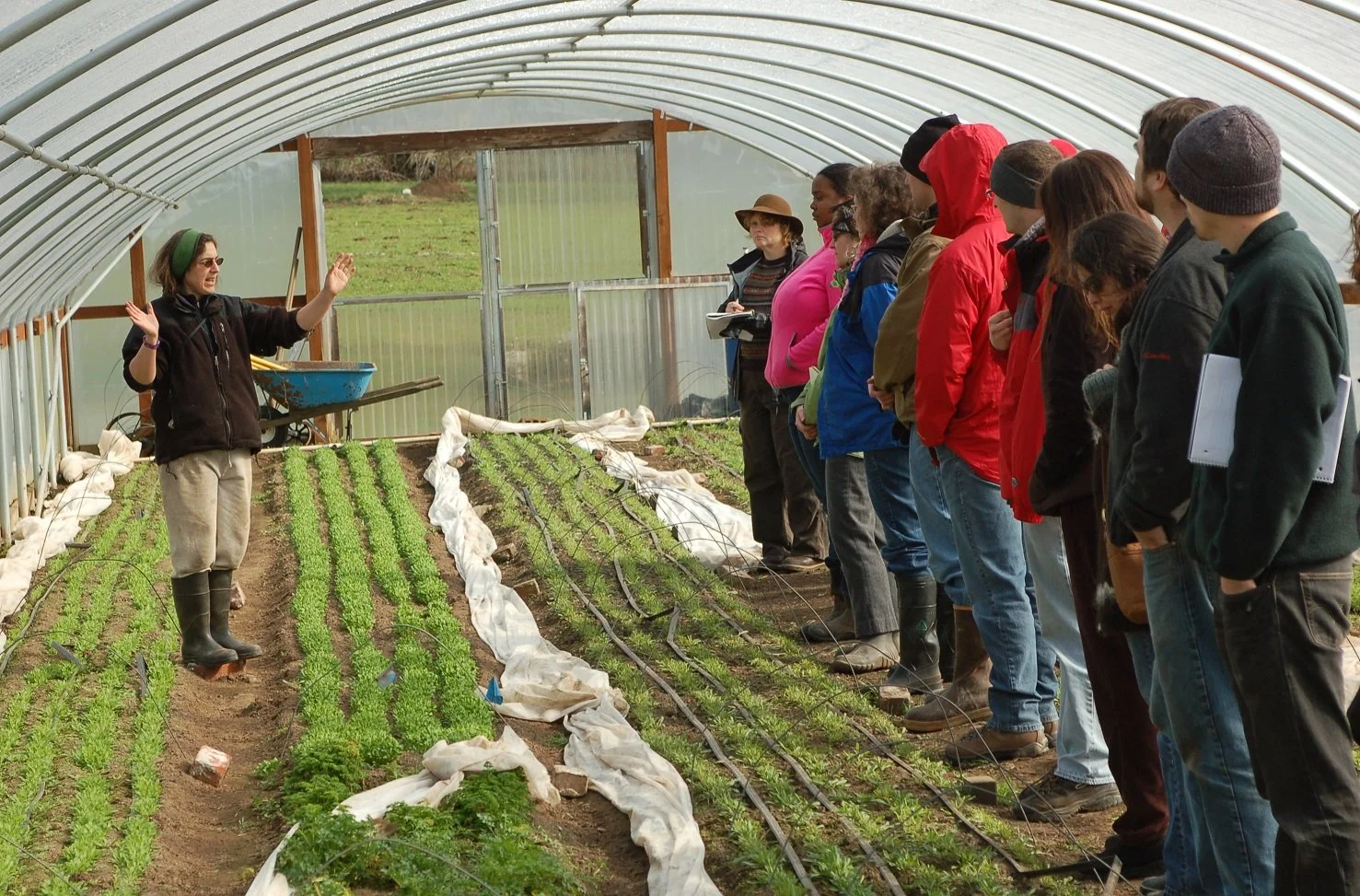
Mastering Greenhouse Planting: A Comprehensive Guide to Temperature Control for Thriving Plants
Embarking on the journey of greenhouse gardening is an exciting endeavor, promising a bounty of fresh produce, vibrant flowers, and exotic plants, regardless of the season. However, the key to unlocking this potential lies in one critical factor: temperature control. This comprehensive guide delves deep into the intricacies of managing temperature within your greenhouse, equipping you with the knowledge and techniques necessary to cultivate a thriving and productive environment for your plants. Whether you are a seasoned gardener or a budding enthusiast, understanding and implementing effective temperature control strategies is paramount to your success.
Why Temperature Control Matters in Greenhouse Planting
The greenhouse environment, by its very nature, is designed to trap solar radiation, creating a warmer microclimate than the surrounding outdoor conditions. While this is beneficial in extending the growing season, it also presents a unique set of challenges. Temperature fluctuations, both diurnal (daily) and seasonal, can significantly impact plant health, growth, and yield. Inadequate temperature control can lead to a cascade of negative consequences, including:
- Stunted Growth: Plants have optimal temperature ranges for growth. Deviations from these ranges, whether too hot or too cold, can slow down or even halt growth.
- Reduced Yield: Temperature stress can interfere with critical processes like pollination and fruit development, leading to lower yields.
- Increased Susceptibility to Pests and Diseases: Temperature extremes can weaken plants, making them more vulnerable to infestations and diseases. Certain pests and diseases also thrive in specific temperature ranges.
- Physiological Disorders: Temperature imbalances can trigger physiological disorders in plants, such as blossom end rot in tomatoes or leaf scorch.
- Premature Bolting: In some crops, such as lettuce and spinach, high temperatures can induce premature bolting (flowering), rendering the plants inedible.
Conversely, proper temperature control provides a plethora of benefits:
- Extended Growing Season: You can start planting earlier in the spring and continue harvesting later into the fall, effectively extending your growing season.
- Increased Yield and Quality: Plants grown in optimal temperature conditions are healthier, more vigorous, and produce higher yields of superior quality.
- Improved Crop Timing: Temperature control allows you to manipulate the growing environment to control crop timing, allowing you to harvest crops when market prices are favorable.
- Reduced Pest and Disease Pressure: Maintaining optimal temperatures can help to create an environment that is less conducive to pests and diseases.
- Greater Flexibility: You gain greater flexibility in terms of the types of plants you can grow and the timing of your planting and harvesting schedules.
Understanding Plant Temperature Requirements
Different plants have varying temperature requirements for optimal growth. These requirements are typically categorized into three main groups:
- Cool-Season Crops: These plants thrive in cooler temperatures, typically between 10-21°C (50-70°F). Examples include lettuce, spinach, kale, broccoli, and cauliflower.
- Warm-Season Crops: These plants prefer warmer temperatures, generally between 18-32°C (65-90°F). Examples include tomatoes, peppers, cucumbers, eggplants, and melons.
- Tropical/Subtropical Crops: These plants require consistently warm temperatures, often above 21°C (70°F). Examples include bananas, pineapples, orchids, and certain types of tropical fruits.
Before you begin planting, it is crucial to research the specific temperature requirements of the plants you intend to grow. This will enable you to implement the appropriate temperature control strategies to meet their needs.
Methods for Controlling Temperature in Your Greenhouse
There are numerous methods for controlling temperature in a greenhouse, ranging from simple passive techniques to sophisticated automated systems. The best approach will depend on your budget, the size of your greenhouse, the climate in your area, and the types of plants you are growing. Here’s a breakdown of the most common methods:
Passive Temperature Control Methods
Passive methods rely on natural principles to regulate temperature. They are generally less expensive and require less maintenance than active systems. However, they may not be sufficient in extreme climates or for plants with very specific temperature requirements.
- Ventilation: Ventilation is essential for removing excess heat and humidity. This can be achieved through various means:
- Vents: Roof vents and side vents allow hot air to escape and fresh air to enter. They can be manually operated or automated with temperature sensors.
- Exhaust Fans: Exhaust fans draw hot air out of the greenhouse, creating a negative pressure that pulls in fresh air through vents and other openings.
- Natural Ventilation: The design of your greenhouse can facilitate natural ventilation. For example, a greenhouse with a high peak and side vents will promote air circulation.
- Shading: Shading reduces the amount of sunlight entering the greenhouse, thereby reducing the amount of heat absorbed. Shading can be achieved through several methods:
- Shade Cloth: Shade cloth is a woven fabric that can be draped over the greenhouse roof or walls. It comes in various densities, allowing you to control the amount of sunlight that is filtered.
- Whitewash: Whitewash is a coating that can be applied to the greenhouse glazing. It reflects sunlight, reducing heat buildup. Whitewash can be removed as needed.
- Exterior Shade Structures: Trees, shrubs, or other structures can be planted around the greenhouse to provide shade.
- Watering: Evaporation of water cools the air. Regular watering, especially during hot weather, can help to reduce the temperature inside the greenhouse.
- Misting Systems: Misting systems release fine water droplets into the air, increasing humidity and cooling the greenhouse.
- Wet Walls: Wet walls consist of a pad of evaporative cooling material that is kept wet by water flowing through it. Air is drawn through the wet pad, which cools the air.
- Orientation and Location: The orientation and location of your greenhouse can influence its temperature.
- Orientation: In general, orienting a greenhouse east-west will maximize solar gain during the winter months.
- Location: Choose a location that is sheltered from strong winds and receives adequate sunlight. Avoid areas that are shaded by trees or buildings.
Active Temperature Control Methods
Active methods utilize mechanical or electrical systems to regulate temperature. They are typically more effective than passive methods, especially in extreme climates, but they also tend to be more expensive and require more maintenance.
- Heating Systems: Heating systems are used to raise the temperature inside the greenhouse, particularly during the colder months.
- Heaters: Various types of heaters can be used, including propane heaters, natural gas heaters, electric heaters, and wood-burning stoves. Choose a heater that is appropriate for the size of your greenhouse and your heating needs.
- Heating Cables: Heating cables can be buried in the soil or placed under benches to provide localized heating for plant roots.
- Heat Pumps: Heat pumps can both heat and cool the greenhouse, making them a versatile option.
- Cooling Systems: Cooling systems are used to lower the temperature inside the greenhouse, particularly during the warmer months.
- Evaporative Coolers: Evaporative coolers, also known as swamp coolers, use the evaporation of water to cool the air. They are most effective in dry climates.
- Air Conditioners: Air conditioners are more expensive to operate than evaporative coolers, but they are effective in a wider range of climates.
- Misting Systems: Misting systems can also be used for cooling, as described above.
- Automated Climate Control Systems: These systems use sensors to monitor temperature, humidity, and other environmental factors. They then automatically adjust vents, heaters, coolers, and other equipment to maintain the desired conditions. They offer precise control and can save you time and effort.
Implementing Your Temperature Control Strategy
Once you have chosen the appropriate temperature control methods for your greenhouse, you need to implement them effectively. Here are some tips:
- Monitor Temperature Regularly: Use a thermometer to monitor the temperature inside your greenhouse on a regular basis. Place the thermometer in a shaded area, away from direct sunlight.
- Adjust Ventilation as Needed: Open vents and exhaust fans when the temperature rises above the desired level. Close them when the temperature drops below the desired level.
- Use Shade Cloth or Whitewash During Hot Weather: Apply shade cloth or whitewash to reduce heat buildup during the summer months.
- Water Regularly: Water your plants regularly, especially during hot weather. This will help to cool the air and prevent the plants from drying out.
- Inspect Your Equipment Regularly: Inspect your heating and cooling equipment on a regular basis to ensure that it is functioning properly.
- Consider Automation: If you have a larger greenhouse or if you are growing plants with very specific temperature requirements, consider investing in an automated climate control system.
- Record Your Data: Keep records of the temperature, humidity, and other environmental factors in your greenhouse. This information can help you to identify trends and make adjustments to your temperature control strategy.
Troubleshooting Common Temperature Control Problems
Even with the best planning and equipment, you may encounter temperature control problems in your greenhouse. Here are some common issues and how to address them:
- Overheating: If your greenhouse is overheating, the first step is to increase ventilation. Open vents and exhaust fans. If this is not sufficient, apply shade cloth or whitewash. Consider using a cooling system, such as an evaporative cooler or air conditioner.
- Underheating: If your greenhouse is underheated, turn on your heating system. If you do not have a heating system, consider adding one. You can also improve insulation by sealing any drafts and insulating walls and glazing.
- Uneven Temperatures: Uneven temperatures can be caused by a variety of factors, such as poor air circulation or uneven heating. Ensure that your vents and fans are properly positioned to promote air circulation. Consider using fans to circulate the air. If you are using a heating system, ensure that the heat is distributed evenly throughout the greenhouse.
- High Humidity: High humidity can lead to the development of fungal diseases. Increase ventilation to reduce humidity. Consider using a dehumidifier. Ensure adequate spacing between plants to allow for good air circulation.
- Low Humidity: Low humidity can cause plants to dry out. Increase humidity by watering regularly, using a misting system, or placing containers of water in the greenhouse.
Advanced Techniques and Considerations
For experienced greenhouse growers, there are several advanced techniques and considerations for optimizing temperature control:
- Thermal Mass: Utilizing thermal mass, such as water barrels or concrete walls, can help to moderate temperature fluctuations. These materials absorb heat during the day and release it slowly at night, reducing the need for active heating and cooling.
- Double-Glazing: Using double-pane or multi-layered glazing materials can significantly improve insulation, reducing heat loss in winter and heat gain in summer.
- Geothermal Heating/Cooling: For those with access to geothermal resources, integrating a geothermal system can provide highly efficient and sustainable heating and cooling.
- Smart Greenhouse Technology: Integrating smart sensors and control systems allows for remote monitoring and control of environmental conditions, optimizing temperature and other factors.
- Crop Rotation and Planning: Careful crop selection and rotation can help to manage temperature requirements throughout the year. Consider planting cool-season crops in the spring and fall, and warm-season crops in the summer.
- Microclimates: Creating microclimates within your greenhouse, such as using raised beds or different zones, can allow you to grow a wider variety of plants with diverse temperature needs.
Conclusion: Cultivating Success Through Temperature Mastery
Temperature control is the cornerstone of successful greenhouse planting. By understanding the temperature requirements of your plants, implementing effective control methods, and consistently monitoring and adjusting the environment, you can create a thriving ecosystem where your plants flourish. This guide has provided a comprehensive overview of the key principles, techniques, and considerations for mastering temperature control in your greenhouse. Embrace the knowledge, experiment with different strategies, and enjoy the fruits (and vegetables, and flowers!) of your labor. With dedication and a little bit of practice, you’ll be well on your way to a bountiful harvest and a truly rewarding gardening experience.


